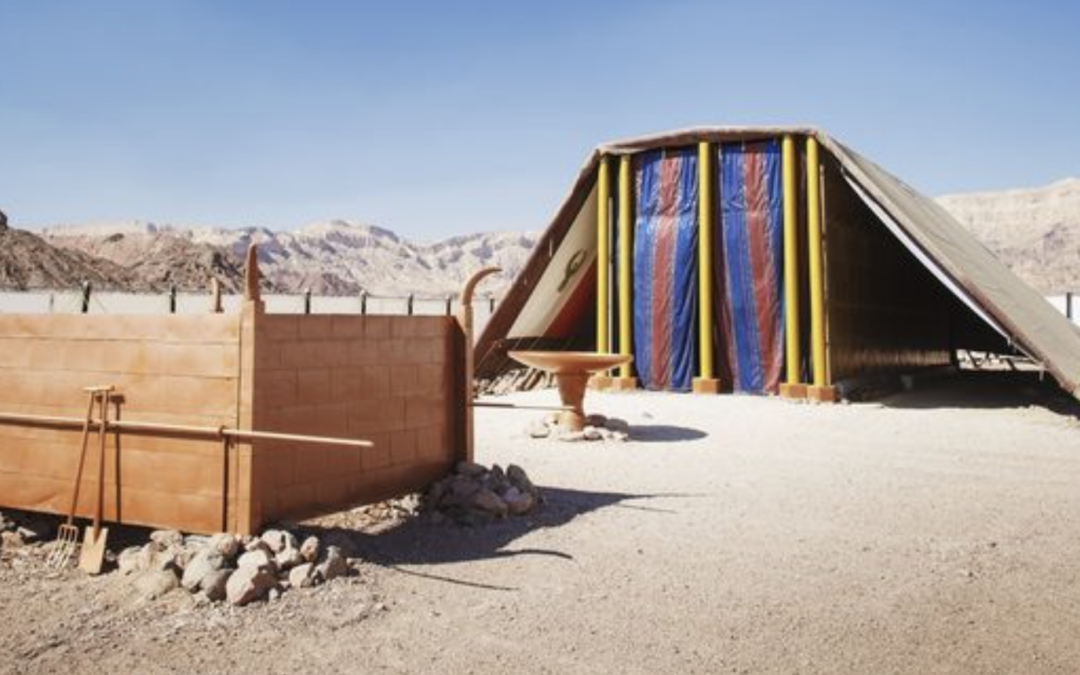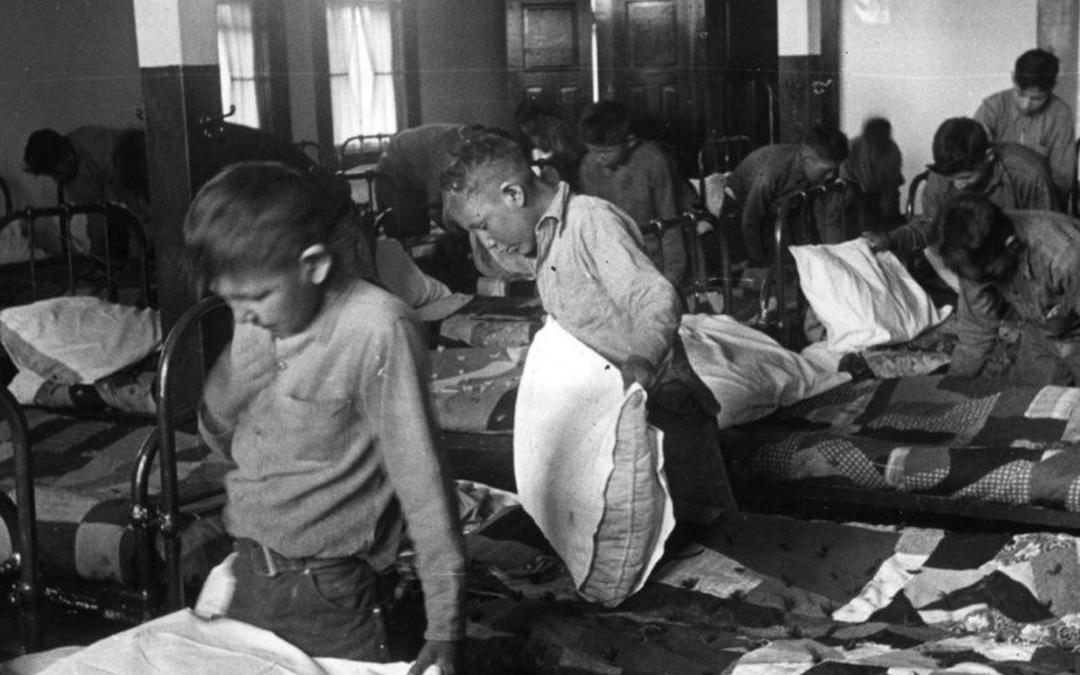 This Rosh Hashanah I loved sitting in synagogue with my daughters. But I didn’t always.
This Rosh Hashanah I loved sitting in synagogue with my daughters. But I didn’t always.
I always loved synagogue, but what I enjoyed was the quiet singular purpose of listening, following along in the prayer book, being alone with my thoughts while together with the congregation. It was restorative and calming.
When my girls were little, however, the multitasking of everyday parenting followed me into the sanctuary. Someone always needed a snack or a trip to the bathroom, usually right after I’d returned with her sister. A large part of my brain was always listening to how much noise they were making or watching how they climbed up and down the various stairs throughout the sanctuary, holding my breath so they wouldn’t fall (as if that actually worked…).
It wasn’t restorative. And it wasn’t calming.
In this week’s parashah, Va-Yelekh, Moses instructs the people that during the festival of Sukkoth, the priests should read the Torah before all the Israelites:
Gather together the people – the men, and the women, and the small children, and your stranger who is in your cities – so that they will hear and so that they will learn, and they shall fear the Lord, your God and be careful to perform all the words of this Torah. And their children who do not know – they shall hear and they shall learn to fear the Lord your God all the days that you live on the land to which you are crossing the Jordan, to take possession of it.
Why does the Torah specify that the people should both hear and learn? We understand why simply hearing the words of the Torah would not be enough – hearing might not translate into understanding and action. Hearing seems more passive as if the words could float around our heads, but their meaning not ever penetrate our very being.
But then why was it not enough to say, “Gather the people so they will learn.” Clearly, one needs to absorb the lesson through one of our senses in order to learn it.
I believe the use of both verbs – to hear and to learn – shows us that learning is a process, that we cannot expect the desired result from one exposure, one lesson, one instruction. Children especially need to hear the message repeatedly and consistently before they absorb the lesson and behave accordingly. And as parents, we need to persevere and persist and endure until one more stage of parenting passes and we are on to the next set of challenges.
There is always more for us to teach and more for our children to learn.
In my opinion, proper synagogue decorum is an important skill. And it requires persistence. And patience. On the part of both parent and congregant.
But if we want our children to continue attending synagogue, to value the experience to carry on the traditions, and to uphold their sanctity, they need to hear the messages and practice the appropriate behaviors consistently and little by little.
As my girls sat next to me quietly, sometimes reading their books, sometimes following along in the mahzor, leaving for short breaks, but always returning quietly in time for shofar blowing, I realized that after weeks of multitasking – menu planning, grocery shopping, cooking, hosting and all my regular responsibilities – I once again found synagogue calming.
And knowing that my daughters were right next to me – not needing me for any physical urgency – but that we were there simply, quietly, calmly together was its own sacred gift for the new year.
Shabbat Shalom and G’mar Chatimah Tova.












